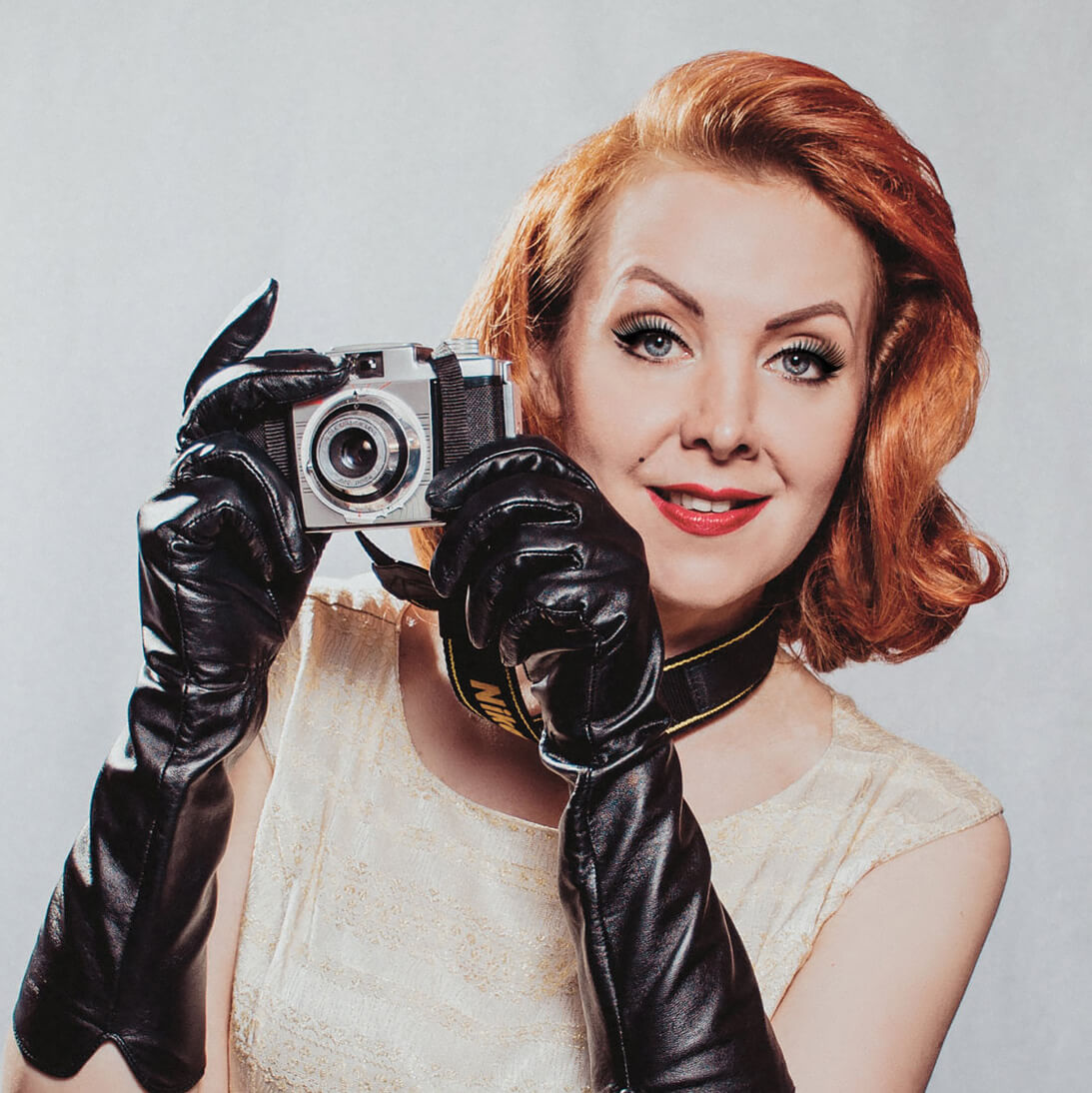Elisa Miller is an award-winning French photographer based in London, UK. She tells visual stories using a vintage and colorful aesthetic to explore questions of identity, self-perception, and the representation of women. Her work delves into the impact of societal pressure on women and the images that lie beneath the surface, using light and elaborate settings to explore the female psyche through a cinematic lens.
Originally from Paris, Elisa began experimenting with photography after moving to London in 2017. In the years before relocating, fascinated by Hollywood glamour, she hung out in the rockabilly milieu of Paris and became a pin-up model for retro clothing brands and classic car magazines.
She has been shortlisted for and won numerous awards, including "Photographer of the Year" at the Julia Margaret Cameron Awards in 2023, "Fine art photographer of the year" at PX3 Prix de la Photography Paris in 2022, "People Photographer of the Year" at the International Photography Awards in 2021, and shortlisted at the British Photography Awards and Aesthetica Art Prize.
Her work has been published widely in the press, including Lens Magazine, Aesthetica, Dodho and Life Framer, and shown at collective exhibitions in London, Paris, Budapest and Tawaian. Her photographs are available through the Yellow Korner art galleries worldwide and Saatchi Art.
